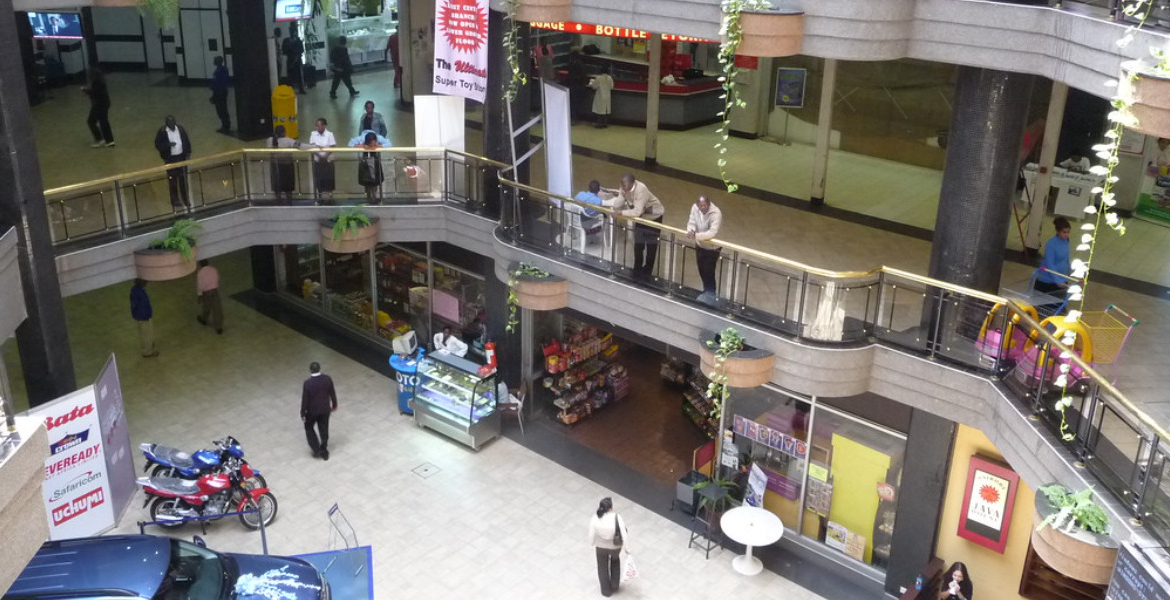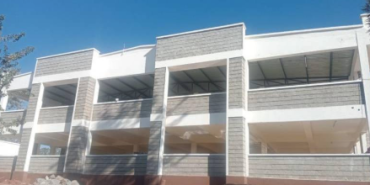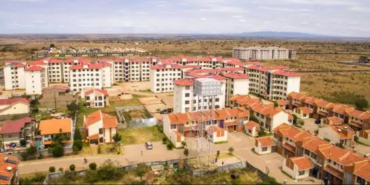Expos Boost Mall Visitor Numbers Despite Declining Foot Traffic

Supermarkets in Kenya are shifting their focus to residential neighbourhoods, challenging traditional shopping malls as consumer preferences move towards convenience and affordability.
Kenya’s retail sector is undergoing significant changes, influenced by rising living costs and limited growth in household incomes. According to Knight Frank’s Kenya Market Update for the first half of the year, consumer spending remains under pressure despite signs of broader economic recovery. As a result, shopping malls are experiencing a decline in foot traffic, with more shoppers choosing nearby retail options over destination malls.
Although the drop in mall visits is moderate, it is affecting tenant revenues. Most malls use digital footfall tracking systems to monitor customer engagement closely. Despite the decline, prime retail rental rates remain stable, averaging Ksh 600 per square foot per month, excluding VAT. Properties with strong locations, quality amenities, and appealing architecture continue to attract higher rents.
In response to shifting demand, major supermarkets are adjusting their expansion strategies by opening outlets within residential estates. This decentralised approach is helping retailers reach lower and lower-middle income groups, who have traditionally relied on informal shopping options. It also allows supermarkets to maintain customer engagement amid economic challenges.
One example is Jaza, a low-cost supermarket chain launched in 2023. Within a year, Jaza has grown to 24 branches, including 11 in Nairobi County, and is now expanding into middle- and upper-income areas. Meanwhile, shopping malls are adapting by broadening their offerings beyond retail. Leading malls are positioning themselves as venues for exhibitions and large-scale events to attract more visitors.
The Sarit Centre, for instance, has integrated the Sarit Expo Centre, appealing to organisers seeking alternatives to the Nairobi central business district. The Kenyatta International Convention Centre (KICC) remains a major competitor in this space, supporting Nairobi’s role as a regional centre for trade and cultural events.
Despite the shifting landscape, established malls such as Sarit Centre, The Junction Mall, and Village Market continue to maintain occupancy rates above 85 percent.
Their continued success is supported by a loyal customer base, diverse tenants, and ongoing investment in infrastructure. In contrast, newer malls are focusing on convenience as their key selling point, a space now increasingly contested by supermarkets within residential areas.
The first half of the year also saw significant retail expansion. Carrefour opened new stores in Westlands and Mombasa, bringing its total to 29 outlets nationwide. Naivas, the country’s largest supermarket chain, launched its 110th store in Tatu City, Kiambu County. Chinese retailer China Square added two branches, at Two Rivers and Greenspan Mall, while Panda Mart opened a second store at Galleria Mall in Nairobi.








Add new comment